Images/date/200708
src=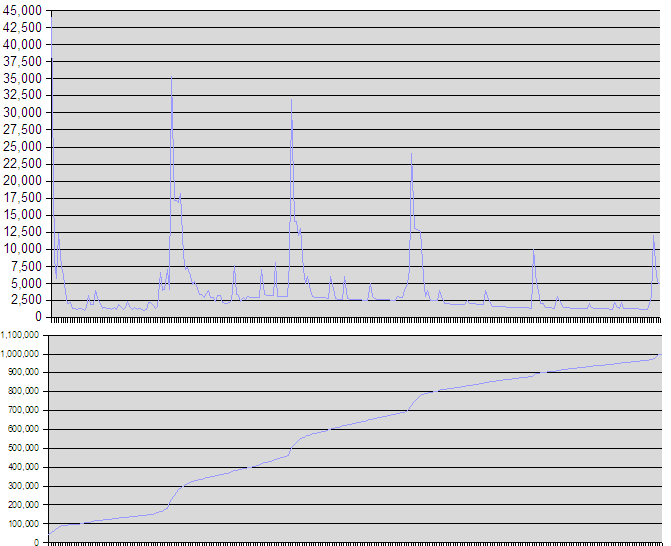
There was some discussion about whether X360 could reach a million in Japan. I took the sales so far, and faked up a model of how it could make it if its year-on-year declines were slim enough. Don't think it's kept up with this, though.
src=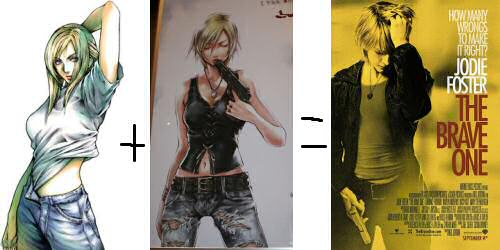
The art for Parasite Eve 3 reminded me of a poster for that Jodie Foster movie. Then I found a Parasite Eve 1 art that had a closer similarity in position.
src=
src=
src=
src=
Moku mocked up some sort of system wars badges; I made them avatar size.
src=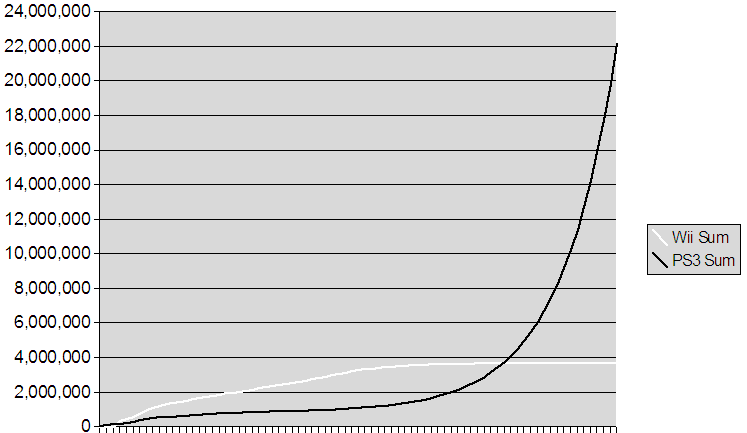
File name includes spwolf. I must've been mocking some prediction about Wii slowing down and PS3 speeding up.
src=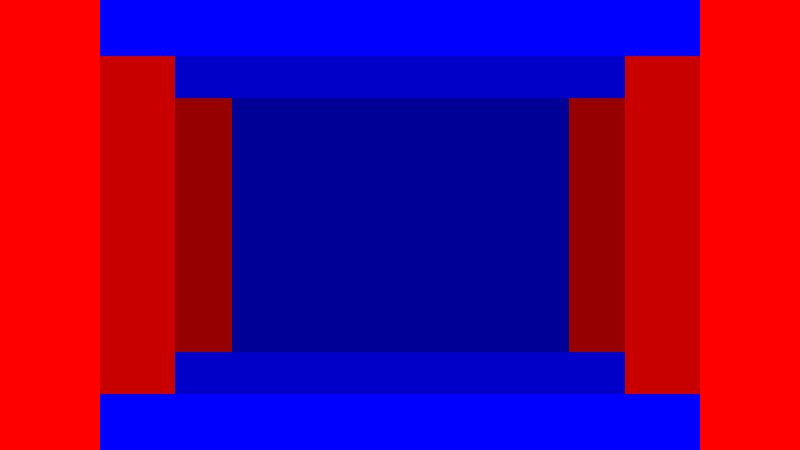
There was a bit of a shitstorm when it was noticed Bioshock's widescreen mode showed less image than the 4:3 mode. I was on the side of "No aspect ratio necessarily shows more." My first example image was this, where I showed a 4:3 image contained within a 16:9 image contained within a 4:3 image... and so on and so on. Regardless of which ratio you go with, there's always a way to "zoom out" and show more for the other ratio, or "zoom in" and show less.
src=
My other example. First, a shot framed for widescreen...
src=
Then a 4:3 version of it. Since cropping the sides would lose important stuff, it makes sense to give it extra-but-unnecessary image on top and bottom.
src=
"But widescreen should have more! I got this TV to see MORE!" complains someone. And this is their result: a wider version of the 4:3 image. Now everything is just zoomed out more, rather than focused on the important part of the original picture.
src=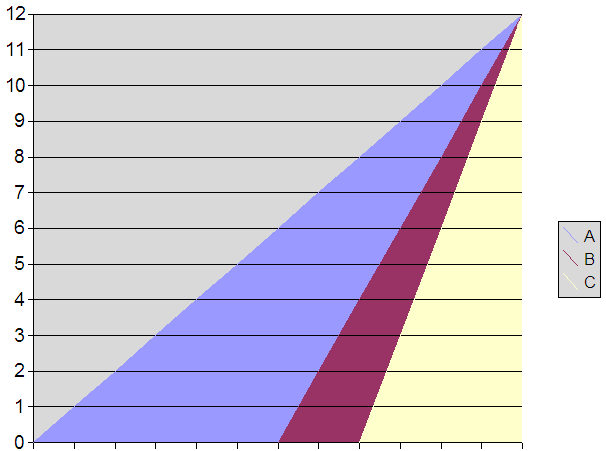
This was in a discussion about userbase growth, and why a faster growth of userbase will mean a lower tie ratio: the average user will have had their system for less time. In this example I show 3 systems that each reach 12 million at the same time, but at different speeds. A slowly, B quickly, and C even more quickly. It makes sense that if the people who own each system behave similarly, A will still have sold more software than B, which will still have sold more software than C, simply because more owners of those systems have had it for a longer time.